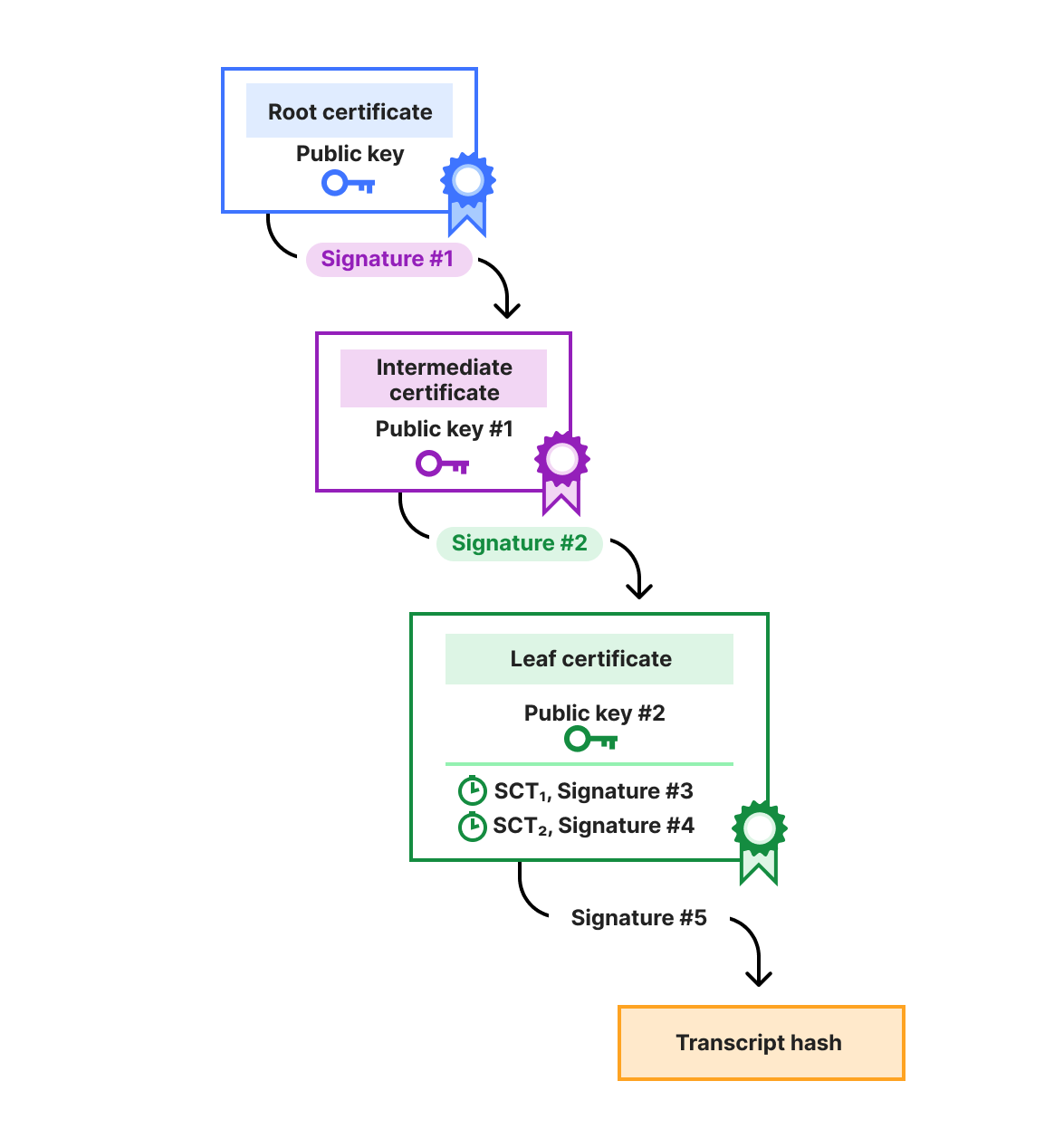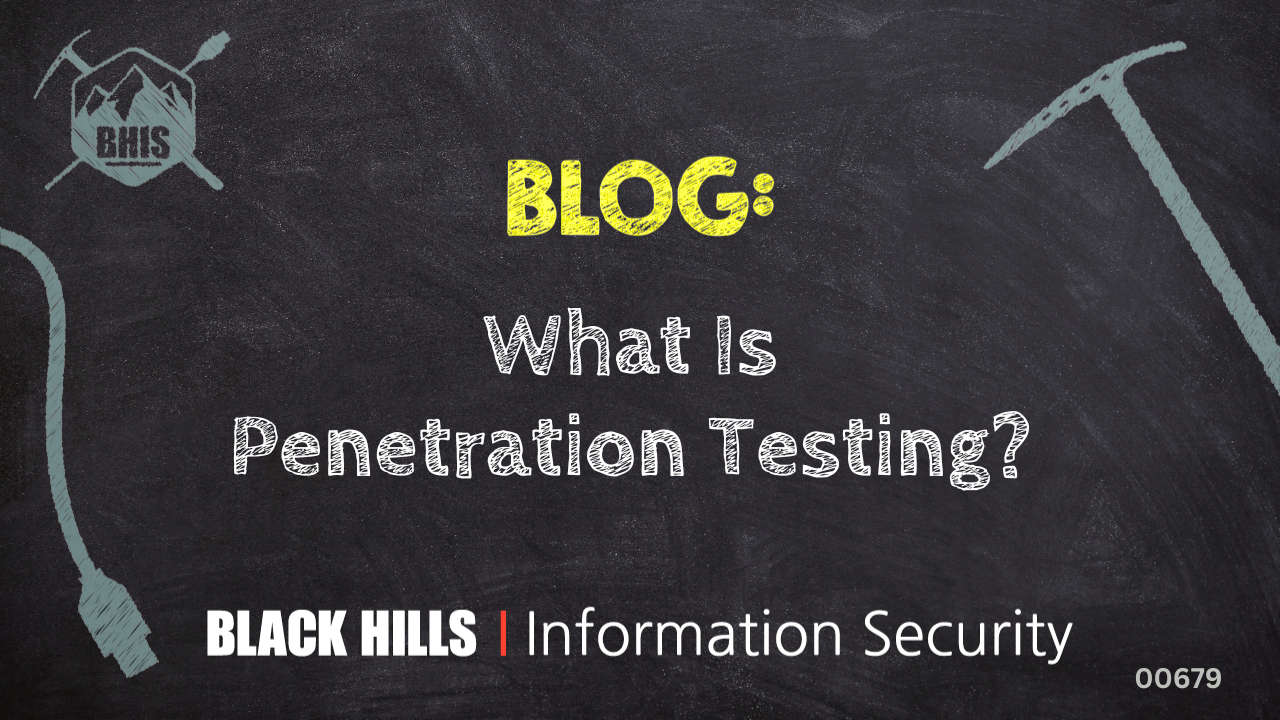Have you ever wished you had an assistant at your security operations centers (SOCs) — especially one who never calls in sick, has a bad day or takes a long lunch? Your wish may come true soon. Not surprisingly, AI-driven SOC “co-pilots” are topping the lists for cybersecurity predictions in 2025, which often describe these tools as game-changers.
“AI-driven SOC co-pilots will make a significant impact in 2025, helping security teams prioritize threats and turn overwhelming amounts of data into actionable intelligence,” says Brian Linder, Cybersecurity Evangelist at Check Point. “It’s a game-changer for SOC efficiency.”
What is an AI-driven SOC co-pilot?
AI-driven SOC co-pilots are generative AI tools that use machine learning to help security analysts run and manage the SOC. Common co-pilot tasks include detecting threats, managing incidents, triaging alerts, predicting new trends and patterns for attacks and breaches and automating responses to threats. Co-pilots may be proprietary tools built by the company for their specific needs or commercially available cybersecurity co-pilots such as Microsoft Copilot.
For example, a co-pilot can review alerts and use AI to predict which are most likely to be a high priority. This reduces a common issue in SOCs: false positives. The analysts can then focus on the alerts that are most likely to be a real threat. Because they are not chasing down noncritical alerts, analysts have more time to spend on actual threats and are more likely to be successful in containing the threat.
Co-pilots can take many different forms in a SOC. Analysts can use the co-pilot similarly to how many people use ChatGPT, assigning it a specific task such as incident response. The analyst enters information about a specific incident, and the co-pilot analyzes data to suggest possible causes as well as how the organizations should respond to the incident. However, you can also use co-pilots to automate parts of the workflow without human intervention, such as monitoring current firewalls and detecting vulnerabilities.
Explore AI cybersecurity solutions
Benefits of using AI-driven SOC co-pilots
Businesses that turn to AI-driven co-pilots to help manage their SOC see a wide range of benefits. Common benefits include:
- Improved productivity: Because it can process a much higher volume of data than even the most efficient cybersecurity analyst, a co-pilot gets significantly more work done in less time. With humans and machines working together, co-pilots are able to more effectively monitor the SOC with fewer human resources.
- Additional time for cybersecurity professionals to complete high-level tasks: When co-pilots handle manual and repetitive tasks, analysts have more time for higher-level tasks such as strategy and analytics. Analysts are more likely to be fully engaged when their day is filled with more interesting work, which reduces burnout.
- Fewer errors: Humans make mistakes, especially with manual tasks such as reviewing logs. While AI tools are only as “smart” as the algorithm and the training data used for the algorithm, they are often able to spot patterns that may be undetectable to humans. This reduces errors and prevents issues that can lead to a breach or attack.
- Quicker response to threats: Whereas humans may not recognize an area of vulnerability or may be slower to respond, a co-pilot uses automation to respond and send a notification immediately. Co-pilots also don’t take bathroom or lunch breaks; they are always “at their desk,” leading to faster response times.
- Reduced impact of worker shortage and skills gaps: When cybersecurity positions are not filled or the analyst does not have the right skills for the job, the company’s risk increases. AI-driven co-pilots can help reduce open positions by taking on various manual tasks, which means greater coverage by the SOC.
Will AI-driven SOC co-pilots replace humans?
Like many AI tools, co-pilots can take over many manual and repetitive tasks currently done by humans. However, the fear of AI replacing the need for humans in the SOC is not likely to become reality. Setting up co-pilots to operate without human oversight or intervention would likely be a mistake. But businesses that have analysts and co-pilots work together can see a reduction in risk, better responses and higher employee satisfaction.
While co-pilots can be the first line of defense in the SOC, companies should set up gen AI tools so that humans remain the ultimate decision-makers. For example, an analyst may set up an automation with an AI-driven co-pilot to monitor and prioritize alerts based on set criteria. Yet, as threat actors begin using new tactics, the analyst may need to change the criteria to catch the latest threats. Once the co-pilot identifies a high-priority alert, the human can ask the tool to analyze the situation and provide recommended next steps. The analyst then uses human judgment to make the best decisions in the situation and instructs the tool to take the next action, such as shutting down systems or taking the network temporarily offline.
Putting AI-driven co-pilots into action in the SOC
When it comes to putting co-pilots in action, consider starting on a small scale with a limited use case. Many organizations use a commercial product to start, leaving open the option to create a proprietary tool in the future. Creating a list of time-consuming tasks in the SOC, especially those that are error-prone or frustrating for analysts, will help you determine which use case to start with. After launching the tool, a single analyst can gather feedback and make changes.
Upon seeing success, your team can begin expanding the use of co-pilots to additional analysts and use cases. By taking a measured approach to using co-pilots and continuously soliciting feedback from the analysts, businesses can create a partnership between analysts and co-pilots that improves human job satisfaction while also keeping the organization more secure.
The post How AI-driven SOC co-pilots will change security center operations appeared first on Security Intelligence.


